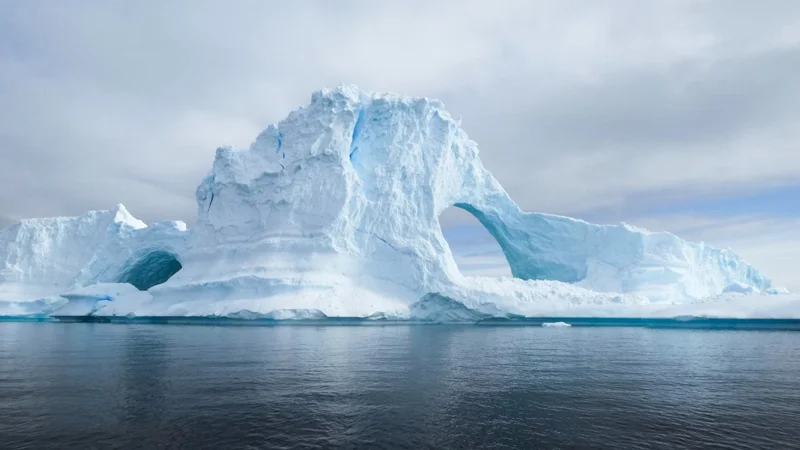Scientists spot big changes in tiny life around Antarctica
The waters of the Southern Ocean surrounding the Antarctic ice sheet are the foundation of a complex marine food web and a key part of the global climate system.

New research, published in Nature Climate Change, shows that over recent decades, Antarctic phytoplankton communities have undergone major changes that could weaken the ocean’s ability to absorb carbon and disrupt the food supply for animals ranging from krill to whales, Kazinform News Agency correspondent reports, citing ESA.
What’s happening
From 1997 to 2023, large diatoms have been increasingly replaced by smaller haptophytes and cryptophytes. Scientists tracked these shifts using satellite observations combined with pigment analysis, which allows them to identify dominant species based on subtle differences in chlorophyll color.
Diatoms are relatively large single-celled algae with silica shells. When they die, their heavy shells sink quickly, carrying carbon to the ocean floor. They are the primary food source for krill, which in turn feed whales, penguins, and seals.
Haptophytes and cryptophytes are nanoplankton roughly a hundred times smaller than diatoms. They are less efficient at locking away carbon and mainly feed salps, which are gelatinous filter feeders with a much weaker role in Antarctic food webs.
A shift toward these smaller forms threatens to transform the ecosystem from a krill- to salp-dominated ecosystem. Such a change would likely weaken the biological carbon pump, since diatoms and krill transport carbon to the deep ocean far more effectively than small algae and salps.
A sharp turning point in 2016
After a steep decline in sea ice at the end of 2016, the balance began to shift: diatoms started to recover, haptophytes declined, and cryptophytes surged.
The explanation lies in the fact that diatoms depend on high levels of iron and extensive sea ice, which, when melting, releases nutrients and creates favorable conditions for their blooms. Reduced ice cover and lower iron availability make them less competitive. Smaller species, on the other hand, are better adapted to low iron levels, warmer waters, and lower salinity.
Although diatom numbers have partially rebounded since 2017, it is still unclear whether this trend will continue or if it is merely a temporary response to recent climate anomalies.
Scientists stress the need for long-term monitoring using satellite missions such as NASA’s Plankton, Aerosol, Cloud, ocean Ecosystem (PACE) to assess the future of Antarctic ecosystems and their role in regulating the planet’s climate.
Earlier, Kazinform News Agency reported that scientists detected ice piracy in Antarctica.
